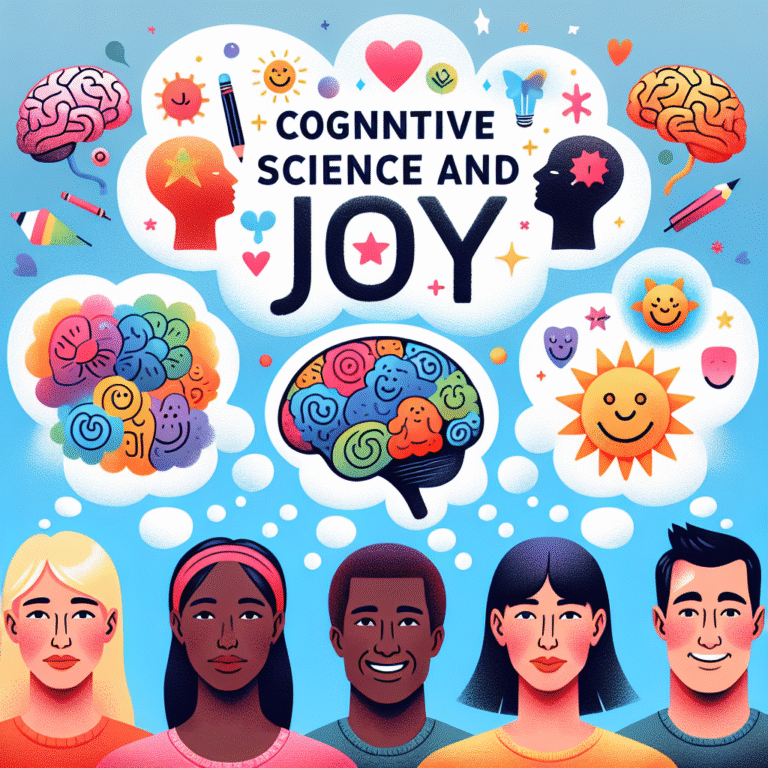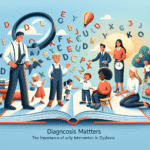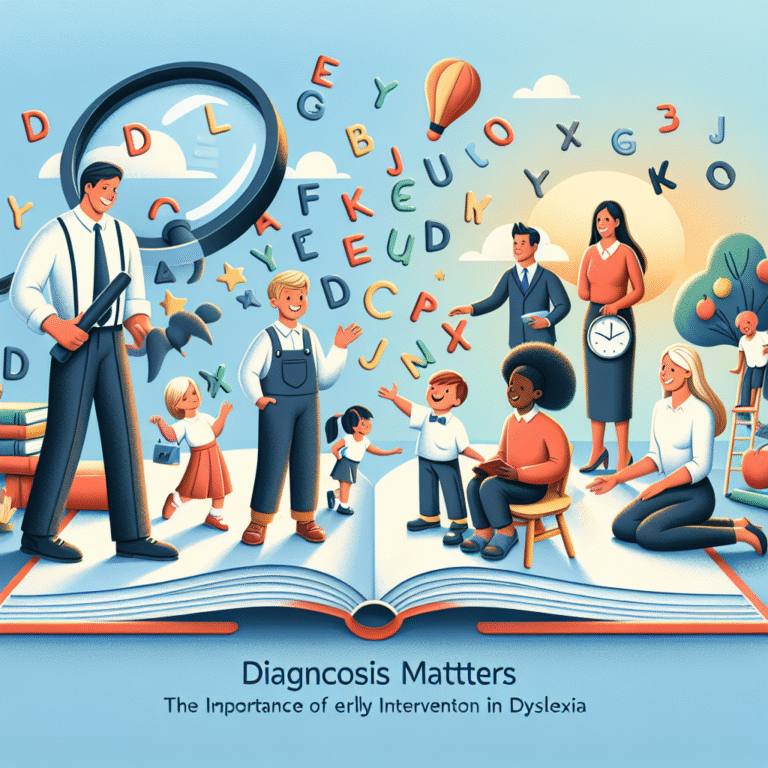
Self-Care in Action: Managing Emotional Triggers for a Healthier Mindset
In today’s fast-paced world, emotional triggers can appear suddenly, often without warning, and they can leave us feeling overwhelmed or out of control. But what if there was a way to navigate this terrain with grace and confidence? Welcome to the realm of Self-Care in Action: Managing Emotional Triggers for a Healthier Mindset. This article unfolds the essential strategies and insights surrounding emotional triggers, providing you with tools for a richer, healthier mental landscape.
Introduction
Imagine you wake up one day feeling optimistic, energized, and ready to face whatever challenges life throws your way. Now, imagine that same day, something suddenly triggers frustration, anxiety, or sadness. You’re thrown off-course, feeling weighed down by emotions you didn’t anticipate. This scenario is all too common and underscores the importance of Self-Care in Action: Managing Emotional Triggers for a Healthier Mindset. By understanding and actively managing your emotional triggers, you cultivate resilience, emotional intelligence, and ultimately, a healthier mindset.
Let’s delve into this vital topic, exploring actionable strategies and real-world case studies that will empower you to take charge of your emotional well-being.
Understanding Emotional Triggers
What Are Emotional Triggers?
Emotional triggers are stimuli that elicit strong emotional reactions, often rooted in past experiences or unresolved feelings. For example, a specific phrase or situation may evoke anger due to a previous negative encounter. Recognizing these triggers is the first step in managing them effectively.
The Science Behind Triggers
Research suggests that emotional triggers often stem from the amygdala, the part of the brain responsible for processing emotions. When faced with a perceived threat—be it physical or emotional—our brain activates a "fight-or-flight" response. To manage our reactions, we must become aware of these triggers.
Case Study: John’s Anger Management
John was a 35-year-old marketing manager who frequently found himself snapping at colleagues. Upon reflecting, John realized that his frustration was triggered by feedback that reminded him of critical comments he had received from a former boss. After acknowledging this pattern, he began utilizing relaxation techniques, enabling him to respond more calmly.
Table 1: Common Emotional Triggers
| Trigger | Potential Emotional Response | Suggested Management Technique |
|---|---|---|
| Criticism | Anger | Mindfulness practices |
| Rejection | Sadness | Self-affirmation exercises |
| Failure | Anxiety | Positive reframing |
| Overwhelm | Stress | Time management strategies |
| Invalidation | Frustration | Active listening |
Self-Care Strategies for Emotional Trigger Management
1. Develop Self-Awareness
Self-awareness is key in navigating emotional triggers. Becoming attuned to your emotional landscape can illuminate why you react the way you do. Keeping a journal where you record emotional experiences can aid in this understanding.
2. Practice Mindfulness
Mindfulness exercises, such as meditation or deep-breathing techniques, can ground you during emotionally charged moments. Engaging in these practices regularly can help you respond instead of react to triggers.
Case Study: Sarah’s Mindfulness Journey
Sarah, a 28-year-old teacher, began a mindfulness meditation practice after facing anxiety triggers in her classroom. After several weeks, she noticed a marked improvement in her ability to navigate challenging situations calmly. By focusing on her breath and grounding herself, she transformed her interactions with students.
3. Cultivate Healthy Boundaries
Learning to set boundaries can create a safer emotional space. Understanding your limits reduces the probability of facing triggers. Communicate your needs clearly with family, friends, and colleagues to foster mutual respect.
4. Reframe Negative Thoughts
Reframing involves shifting your perspective from negative to positive. When faced with a trigger, ask yourself, "What’s another way to view this situation?" This can diminish the emotional weight of triggers.
5. Engage in Physical Activity
Exercise is a proven method for managing emotional stress. It releases endorphins, which can uplift mood and alleviate anxiety. Find an activity you enjoy, whether it’s yoga, running, or dancing, and incorporate it into your routine.
6. Seek Professional Help
Sometimes, triggers can stem from deeper emotional wounds. Professional help from a therapist can provide support to explore these issues in a safe environment. Cognitive Behavioral Therapy (CBT) is particularly effective in managing emotional triggers.
Building a Support System
The Power of Community
Having a robust support system can enhance emotional resilience. Surround yourself with people who uplift you. Share your feelings, celebrate your victories and learn from your challenges together.
Community Group Case Study: The Mindful Collective
The Mindful Collective is a community-based group focused on emotional wellness. Members share their experiences with emotional triggers, offering support and strategies that have worked for them. Elizabeth, a member, noted that simply sharing her story lightened her emotional load, reinforcing the idea that you are not alone in your struggles.
The Role of Self-Care in Emotional Management
Why Self-Care Matters
Self-care is not just a buzzword; it is a crucial practice for emotional well-being. Prioritizing time for activities you enjoy—reading, painting, or gardening—serves as a buffer against emotional triggers.
Practical Self-Care Techniques
- Establish a Daily Routine: Create a structured day that includes time for self-care.
- Practice Gratitude: Reflecting on what you’re grateful for shifts focus from negative triggers.
- Nourish Your Body: A balanced diet positively impacts mood and energy levels.
Mindfulness Table: Simple Practices for Everyday
| Mindfulness Practice | Benefits | Frequency |
|---|---|---|
| Deep Breathing | Reduces stress and anxiety | Daily |
| Guided Meditation | Enhances focus and calmness | 2-3 times weekly |
| Nature Walks | Improves mood and decreases tension | Weekly |
| Journaling | Increases self-awareness | Daily or weekly |
Conclusion
Incorporating Self-Care in Action: Managing Emotional Triggers for a Healthier Mindset into your daily life equips you with the tools necessary to navigate the emotional landscape that we all experience. By recognizing and managing emotional triggers through awareness, mindfulness, and support, you create pathways for resilience and positivity.
Embrace the journey of emotional mastery, take actionable steps toward healthier interactions, and inspire others to do the same. Remember, your mental well-being is paramount; you have the power to change your narrative.
FAQs
1. What are some common emotional triggers?
Common triggers include criticism, rejection, failure, overstimulation, and feeling invalidated.
2. How can mindfulness help manage emotional triggers?
Mindfulness can create space between stimulus and response, allowing you to approach situations with a calmer mindset.
3. Should I seek professional help for emotional triggers?
If triggers significantly impact your life, working with a therapist can provide valuable tools and insights.
4. Can I manage emotional triggers on my own?
Yes! Many strategies such as practice of self-awareness, mindfulness, and engaging in physical activity can be effective.
5. How often should I practice self-care for it to be effective?
Consistency is key; aim to implement self-care practices into daily routines for lasting benefits.
By engaging with Self-Care in Action: Managing Emotional Triggers for a Healthier Mindset, you empower yourself to cultivate emotional intelligence and live a life brimming with balance and positivity. Take these insights, apply them, and watch as you blossom into the best version of yourself.
















